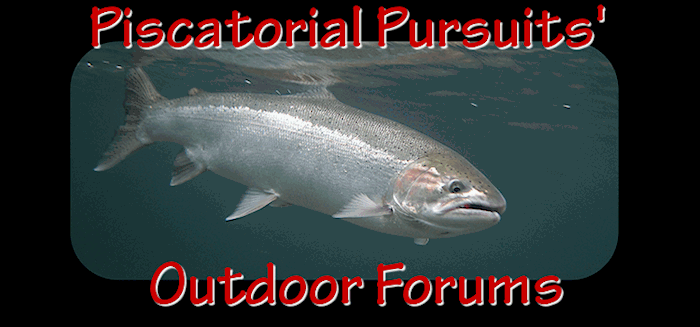Freespool,
Continuing the tangent, it has nothing to do with being righteous. We know and accept fishing as a blood sport, and we can choose to use CNR as a management tool that extracts social and economic value from a limited resource that can sustain the incidental mortality of CNR fishing, but is not abundant enough to support a traditional full season of 2-a-day catch limits. Therefore, the issue of the approximate CNR mortality rate is quite significant, not pointless as you describe. It is the fact that the mortality rate is quite low which makes CNR seasons, and their accompanying benefits viable.
As far as I know, no article describing the Skagit observations has been written for peer-reviewed literature. I can only offer my personal observations of what occurred in regard to escapements over time and anecdotal descriptions of the CNR recreational fishery. These could be corroborated by Smalma, who was central in planning and approving the CNR seasons.
This is a case where harvest restrictions led to "recovery." It occurred throughout Puget Sound where wild steelhead populations became overharvested by the combination of increasing recreational angling and the addition of treaty fishing facilitated by US v WA. As a result, most PS wild steelhead populations were reduced to very low levels, as low or lower than current escapements. Harvests restrictions on both treaty and non-treaty harvest resulted in increased spawning escapements, improved run sizes, and good to excellent CNR sport fishing during the 1980s and into the 1990s.
A shift in marine survival brought this good thing to a halt. For the past decade, R/S<1 has been common, irrespective of fishing and harvest restrictions. This is significantly different than what occurred in the 1970s, where the run status was turned around by restricting harvest, convincingly suggesting that over-harvest was limiting production. That is not the case under current conditions, where harvest rates are near zero, or less than 5% or 10%, depending on year, and river, etc., yet R/S hovers around 1, or less.
The upshot is that both harvest and environment can and do limit production, and that one-size-fits-all explanations fail to explain much of the time. In fisheries, "it depends" is quite often the correct answer.
Sg














 Previous Topic
Previous Topic Index
Index



